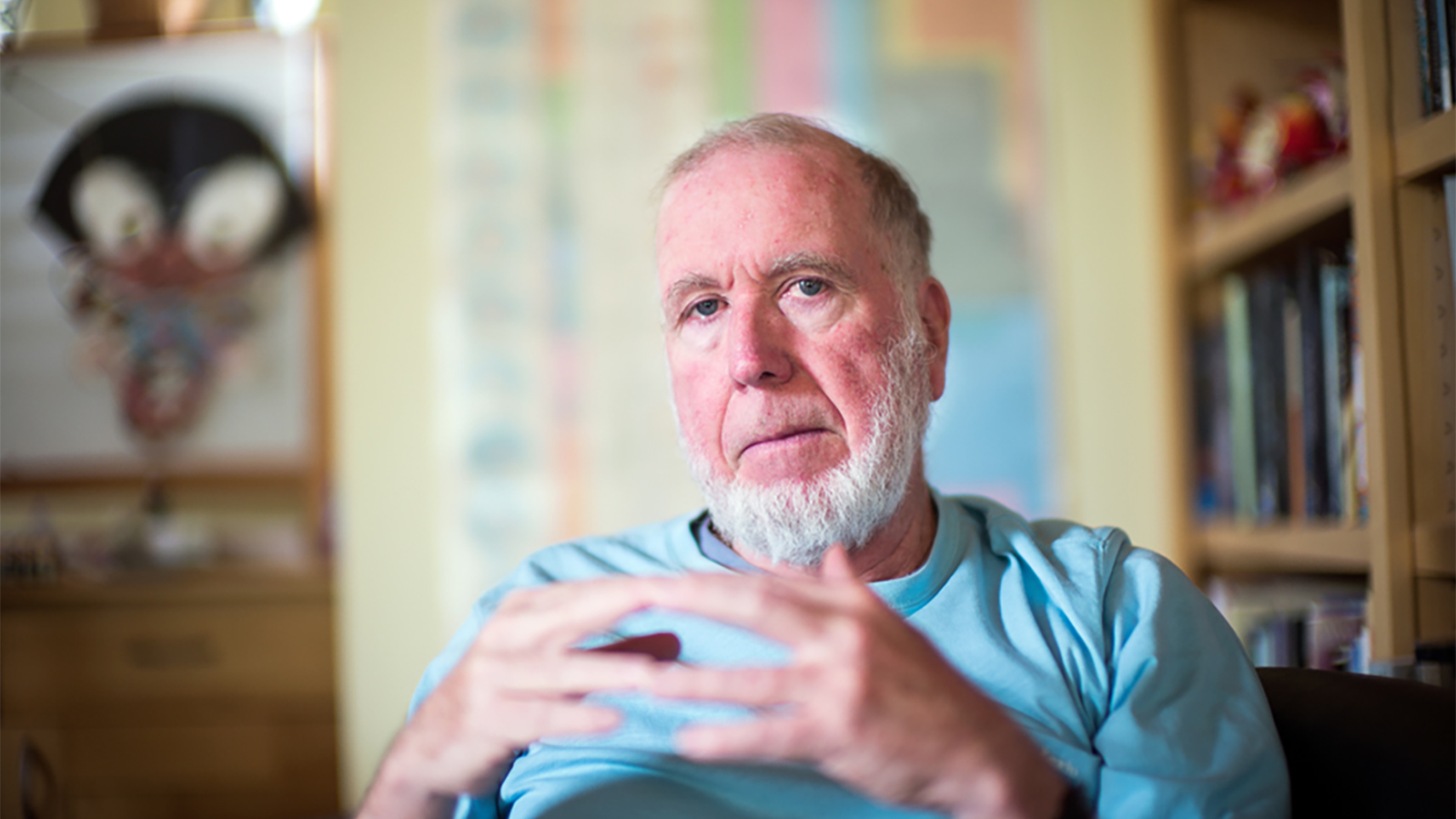Jennifer Sky on Regulating the Modeling Industry

Jen Sky is a very pretty woman. She’s a former Maxim covergirl, and starred on the Sci-Fi drama Cleopatra 2525. She’s also a very smart woman, who is dedicating her considerable energies to working to bring better regulations to the modeling agency. We chatted about Terry Richardson, The Model Alliance, and the problems facing young models today.
I’m going to begin by asking a question that I ask myself every day, which is how does Terry Richardson still have a job? At this point so many young models have come forward talking about how he’s sexually harassedthem that it no longer seems to be in doubt. If those allegations were made about anyone in any other field, they’d at least have difficulties finding employment. But not Terry. What is the psychology behind that? Are people in the fashion industry supposed to be so sexy and cool that they’re never bothered by, say, blatant sexual harassment?
I think people have a tendency to blame the victim, saying things like “she should’ve known better ” or “all you have to do is Google him.” We all know how problematic this line of thinking is, [especially as] the reports that have come out, so far, have been for incidents that happened five or more years ago, a time when he was not such a notorious figure.
It is perfectly legal to be a pervert. It is not, however, okay to assault girls and women. When a model agrees to take a job, even if she is to be photographed nude, there is no assumption that the photographer will cross the fourth wall and enter the photograph. If that is what the photographer intends to do with the model, then the professional way this would be done is to inform the model and her agency before the shoot that he intends to shoot pornography and intends to be the other model simulating or performing the sex act. We have the vocabulary to define these different art forms.
To me, it seems that there is the assumption that Richardson is working under the guise of a traditionally-formatted photo shoot—where the photographer simply photographs the model (the fourth wall remaining intact) and no sex acts are simulated or performed. Upon discovering on set that his intentions were different, women have felt taken advantage of and more. All workers deserve to have safe work places.
Beyond sexual harassment, what are some other difficulties that models can face?
There are numerous problems. A large one is agencies acting as employers but positioning themselves as management companies so as to skirt multiple regulatory guidelines. As management companies, agents can charge any commission percentage, can withhold any amount of funds from models’ paychecks, and/or never pay. This management/agent language haziness is also what negates a sexual harassment law created by the Civil Rights Act. By agencies calling themselves management companies, models are restricted to being classified as independent contractors. This is increasingly problematic and dangerous for young, vulnerable workers.
Let’s say you’re a young model and a photographer does something you’re very uncomfortable with. What recourses do you have? Who do you turn to?
The Model Alliance–a not-for-profit labor group–is there to offer support and advice to its members. Here’s the support email that [for] quick and confidential [advice]: support@modelalliance.org
As workers, we need to be educated about our workplace rights. Modeling agencies should be active in providing that transparency and support to their models, most importantly when dealing with minors. When it comes to issues of child labor, sexual harassment and assault, there really should be no debate. Protections against these issues are provided in other work place contexts, but the guise of beauty and glamour has been able to distance and veil abuse. Everyone from the designers to the corporations that run the magazines, to the individual photographers, should be on board with helping to administer protections and report harassing behavior. The culture of silence around assault and rape is breaking down and I am hopefully this will crossover to fashion.
What could be done to improve things for models in those situations?
I have created a petition on Change.org asking the Department of Labor to provide federal regulation of the fashion industry. If the labor department stepped up to oversee the numerous labor problems in the fashion industry, things would change for the better. It has been the bias fashion has fostered—that modeling is not a true form of labor—that has allowed for it to go unregulated this long. It is time for us to make those changes.
What are some difficulties that stand in the way of enacting those changes?
I see the biggest obstacle being the long tradition of biased feelings towards both women and beauty. Prejudice on any stage is corrupting.
How do regulations get passed? What are some that represent a step forward for models?
Steps are already in motion. In November, the Model Alliance petitioned for and sponsored the New York State Child Model bill. This law gave protections to minors working as models in the fashion industry, protections that were already established for other child performers. This is what I’m speaking about when I say there is a bias against people working as fashion models. Models were specifically left out of labor protections offered to other child performers. The Model Alliance had to work for several years to have models included in these protections for children. Child labor, folks. I don’t know about you, but when it comes to kids, there is no argument. So why were they specifically left out?
Today we have an incredibly hypersexualized culture and historic numbers of rape. If the images you see all day long are little girls dressed up to look like women, it sends corrupting messages of ageism and pedophilia. Regulation of the fashion industry will make the world better and safer, simple as that.





